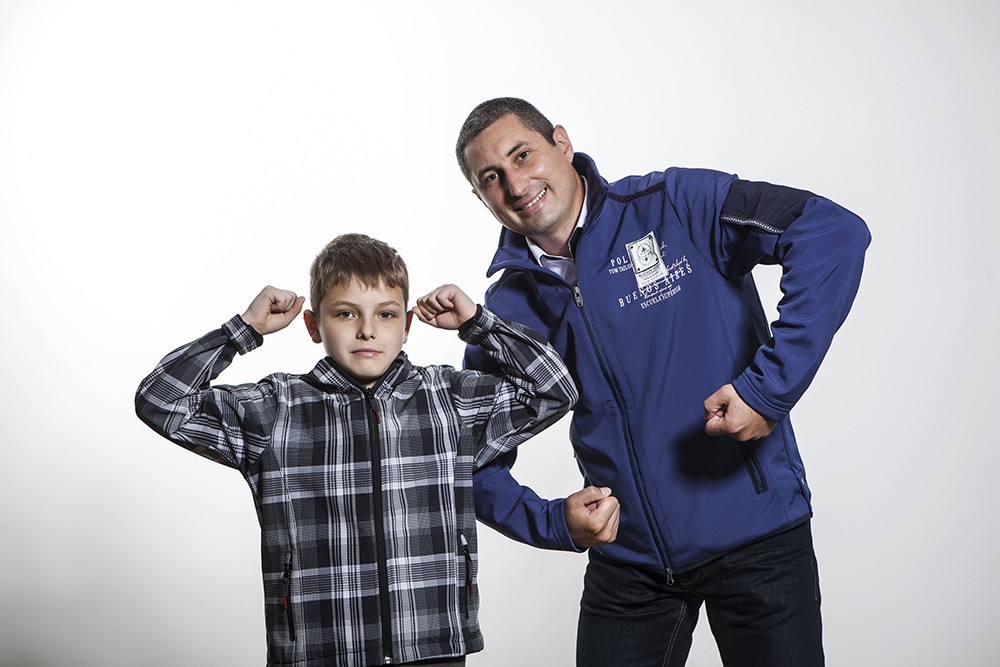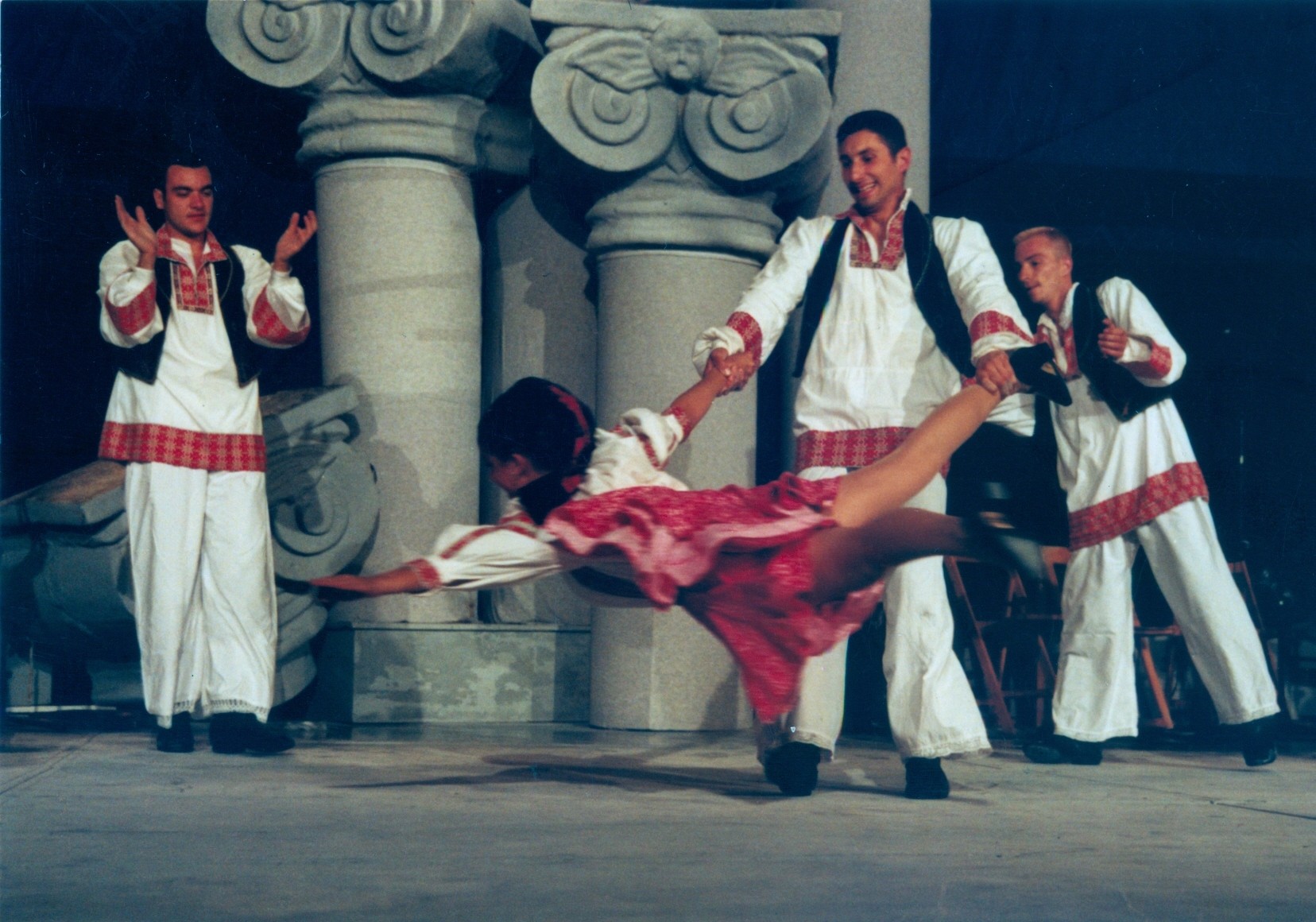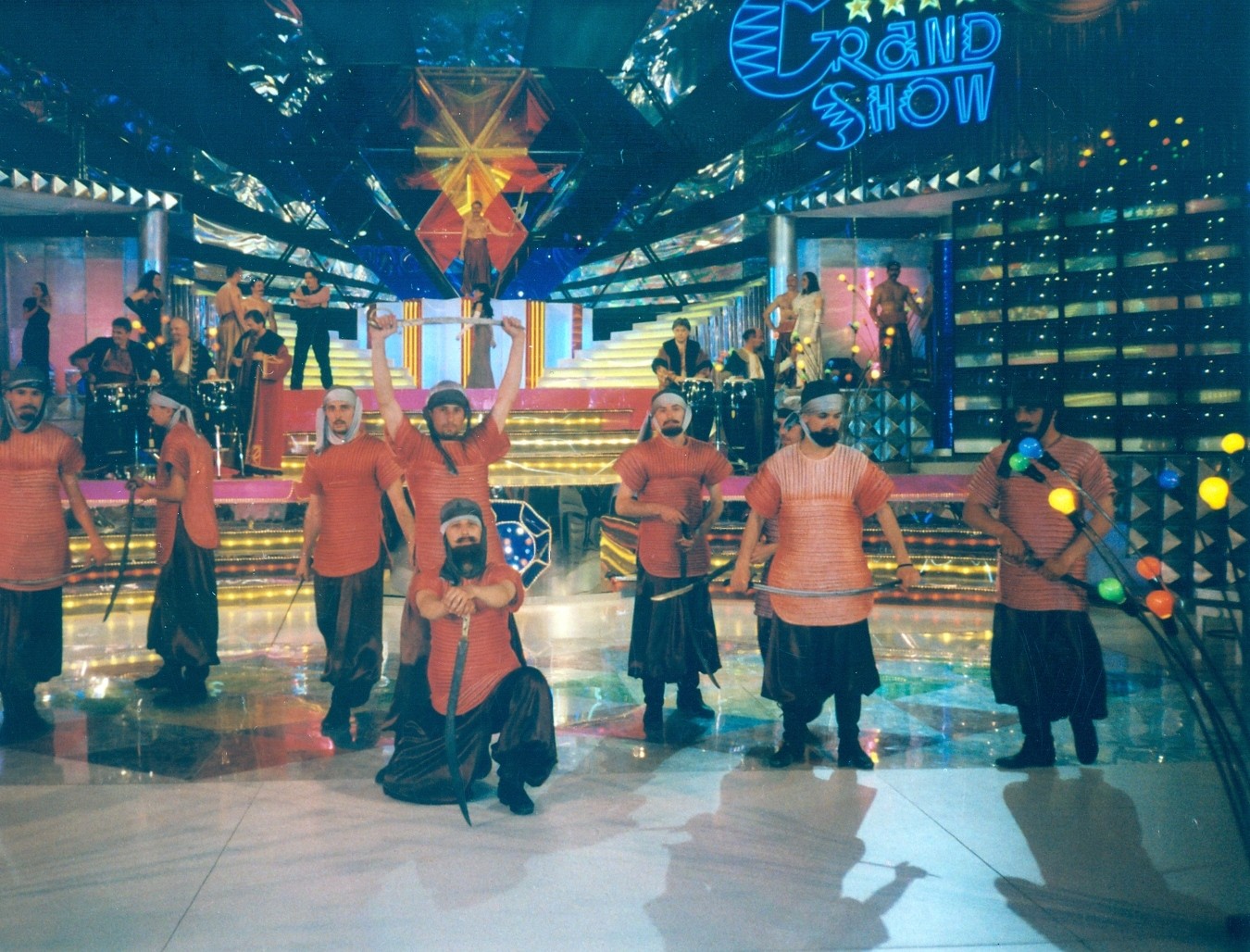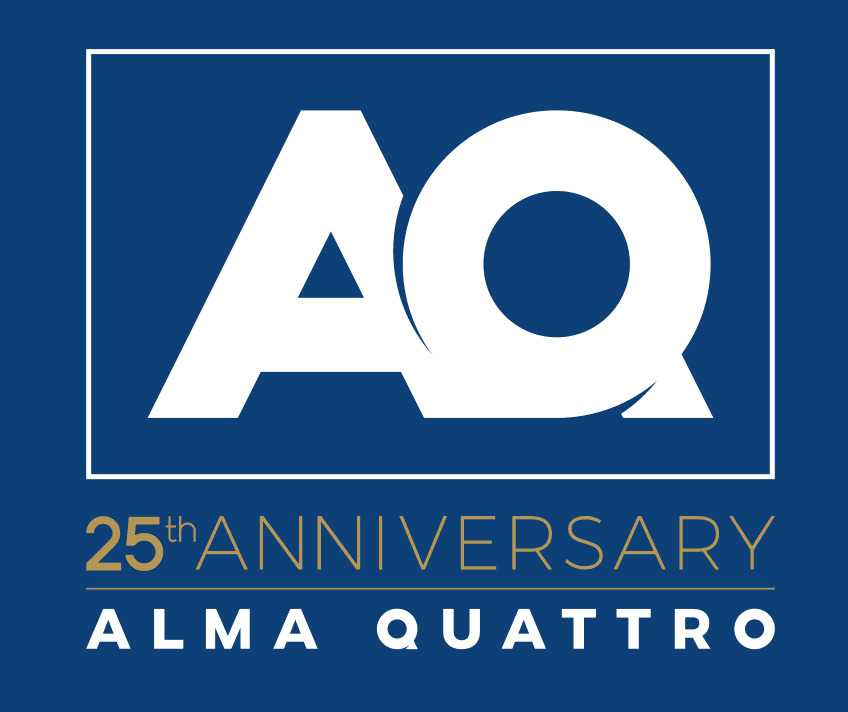
Copyright: Photographer Nebojša Babić
WE WERE PIONEERS IN OOH WHEN NOBODY ELSE DARED
DRAGAN STANKOVIĆ
SENIOR WAREHOUSE CLERK AND A FOLK DANCE TEACHER
Created: Mar 6, 2019
Better known as Đavo (Devil), our senior warehouse clerk came to our company soon after the installation of first formats on Alma Quattro’s network. In his free time, Dragan, a folk dance teacher, teaches children folk dances that are part of our national heritage.
1. INSTALLATION OF ALMA QUATTRO’S NETWORK
The first formats were installed at the end of 1994 and the beginning of 1995.
At that time I was a member of the first ensemble in the Ensemble of Folk Dance and Songs “Dimitrije Koturović” and I also worked as a dance teacher and entertainer in preschools. At that time I was recommended for a job in Alma Quattro. I was surprised and delighted when he called me and I came to Alma Quattro in July 1996. At that time, only two of us worked in the field. Darko joined us after few days. I think that at that time 23 backlights and 98 citylights were installed. The other company was laying down foundations with anchors, while we were doing everything else.
We were pioneers when nobody else dared.
Soon we started maintenance planning, continued with the installation of new media, and got new colleagues.

Roof replacement on a bus stop shelter on Republic Square in 1998.
At first postering (read: replacement of posters on the media) took a lot of time. We needed an hour to replace one face, but we got accustomed and later we would replace both faces on a two-sided backlight near Branko’s Bridge for less than ten minutes.
We used to order PVC poster printing from Italy and Athens. It was faster to order and take over posters at the airport than to print them in Belgrade. Today it is unimaginable.
During the first postering we did as a new team in the company, we received posters that were 20 cm shorter than they were supposed to be. Being inexperienced as new employees, we were not sure whether it was all right, we didn’t know whether we did something wrong or there was a mistake in printing. Many questions, but only one answer: posters needed to be mounted! And we mounted them. We solved everything with some wires.

We still keep the first PVC poster from the first backlit billboard as a part of our history.
The next problem was with cracks on printed posters. We would post a half of a campaign, turn on the lights, but on all the places where posters were folded, print was damaged and every poster looked like a mosaic. What shall we do? We took Magic Markers and slowly “recreated” posters by adding dots. Later the Italian printing company sent us paint and we made the frame in the office (later in the warehouse) to fix the problem.
Our new colleague Bane was painting missing parts like “Michelangelo”, dot by dot, poster by poster.
As the network was expanding, our work was expanding too, requiring a bigger warehouse. At that period we moved a lot in order to adapt our premises to work tasks. After 4 years I took charge of the warehouse and became a senior warehouse clerk.
2. POSTERS AS SLEDGES
Since we worked together in the company, we all became good friends and often we went out together after work.We had so many nice moments together, just at the right time - when we were young. We are very grateful to the former executives for their understanding, since we used to go to concerts, tours, various sporting activities.
.jpg)
For a couple of years the company paid recreational soccer for employees twice a week. Games were interesting, everybody played soccer, from technicians to executives. We were also going out wherever we could imagine. Most often in Belgrade, but also in Novi Sad, Požarevac, Valjevo, Pančevo. Not to mention various weekend trips, fishing trips, camping, and parties.
.jpg)
During one winter with lots of snow, we organised sledging in Košutnjak. Since we were all busy, we agreed to meet there at 10 p.m. When we arrived, only a few of us had sledges. But, we saw some kids who were going downhill on some kind of nylon or plastic sheets and we got an idea to take old posters from backlit billboards. We immediately became the main attraction on the sledge run.
I don’t remember how many of us were on the poster, but I think at least ten of us. Who knows, maybe more. We all somehow packed onto the poster, lifted the corners and when going downhill, you couldn’t say who was on the front and who was on the back, we were swirling around and going down the slope at the same time.
We enjoyed sledging for many nights. There were people from Alma, but also a half of the folk dance ensemble “Dimitrije Koturović”.
3. FOLK DANCE AND DŽA BU MU
After one-year folk dance school, I started dancing in the Ensemble of Folk Dance and Songs “Dimitrije Koturović” in 1986.

After many years in “Koturović” ensemble and later in “Simyonov“ ensemble, now I work as a folk dance teacher for children.
This is an opportunity to pass our cultural heritage to the next generation.

As the years were going by and the boys were getting older, some of them came to work on postering, while others had part-time jobs during their education.

I also teach “recreational” dancers, those who want to learn how to dance for fun.
For them I created a special programme, which is still under development, and presently the only one in the country.
The programme combines modern sounds with a combination of basic, old and new folk dance steps. We had performances in various places. People sense that they are looking at something new, refreshing, which makes many of them bounce in their seats. With an easy dance, without too demanding steps, we have managed to bring many people to the dance hall from their usual sedentary routine at home.
We work every day to give a chance to everybody who wants to learn basic traditional dances.

Alma’s employees-dancers (Kile, Kameni, me, and later Ognjen as well) formed “Dža Bu Mu” dance group. Because of rivalry with our female colleagues from the ensemble, we created a performance using a popular gipsy song. Our group did not have the name and we made performances for our friends only. Once we got compliments from the then president of the ensemble, who said “This Dža Bu Mu is good, I like it...“ and that’s how we got the name. Even today, after 21 years, every last Saturday in September we meet for a drink and chat.
As “Dža Bu Mu” we performed in GRAND show as a part of “Simyonov” ensemble, and I do remember ovations. I spent about 5 years there and my dance experience from “Simyonov” had great influence on the recreational group development.

26 th July 2000, Dza Bu Mu on GRAND show shooting.
Owing to the unbreakable bond between the members of the staff we have many nice memories. We would traditionally make surprise jokes whenever someone from the group was getting married. I was the first one who got married. The boys printed T-shirts, inspired by a poster from Belgrade Port with the text: “Folks, Đavo (Devil) is getting married!” Years were passing by and we all got our own T-shirts.
Another surprise joke was made by Alma - on a billboard in front of the municipality where I got married. The evening before the wedding day, I was chased away from the post-concert party, so that my colleagues could paste up the poster without me seeing it on my way home.

Many members of Alma Quattro’s team came from the Ensemble of Folk Dance and Songs “Koturović”. We grew up together, we travelled, partied, and worked together. 25 years is one life. Although we have advanced in our careers, dancing will always keep us together.
Would you like to find out more? Continue reading...

